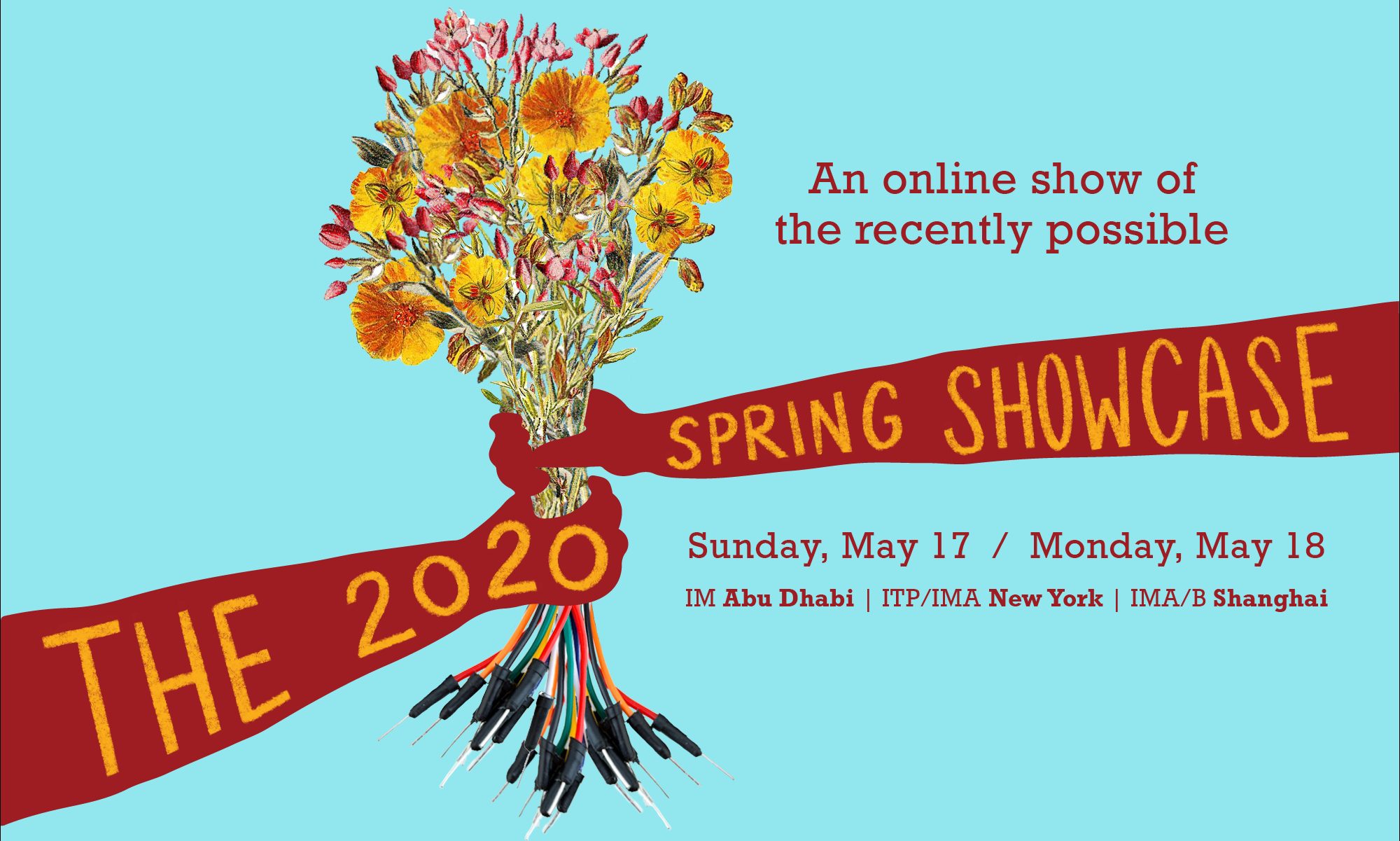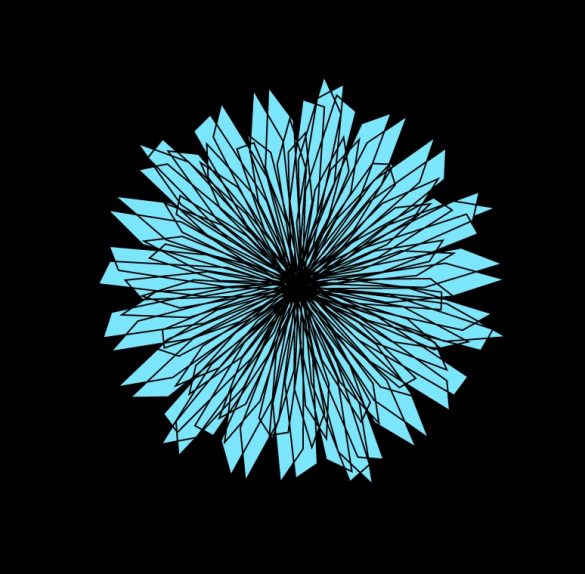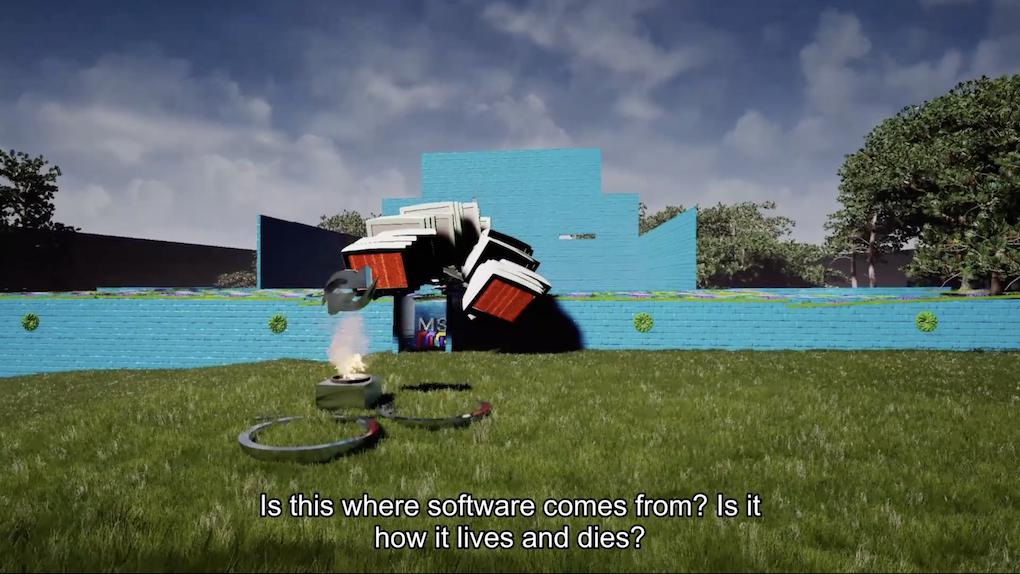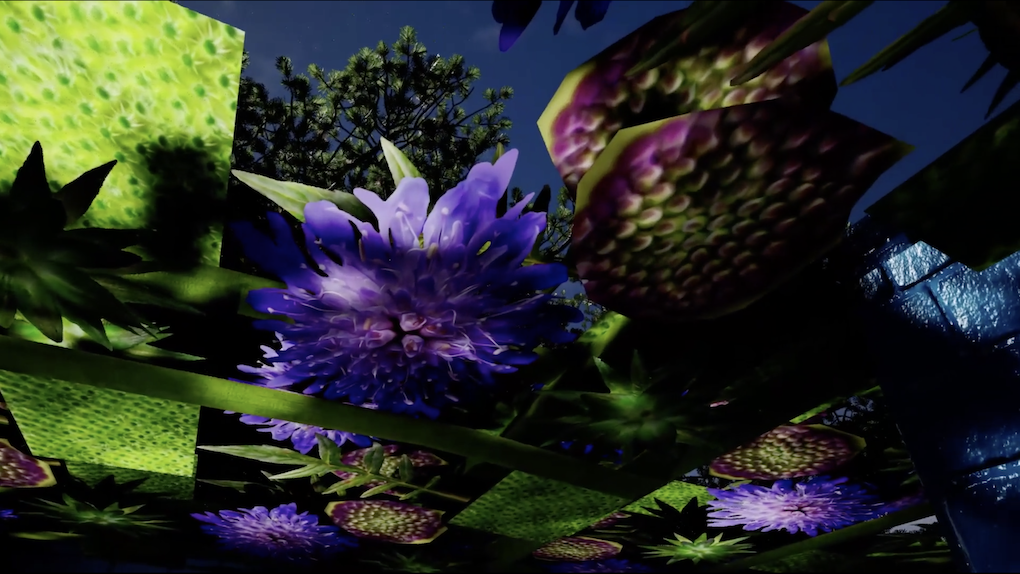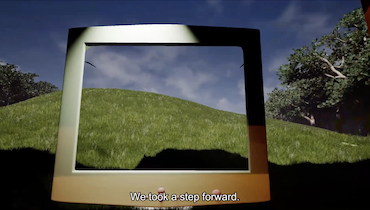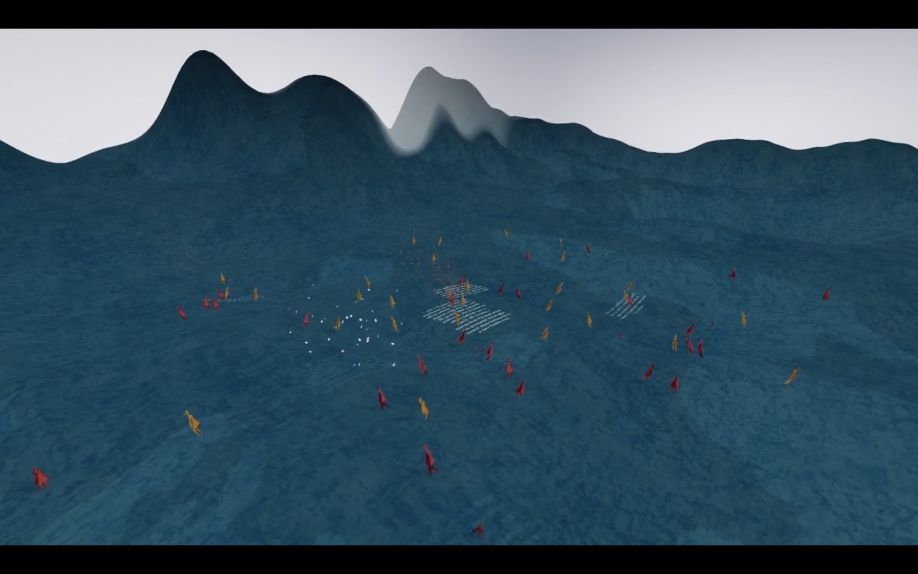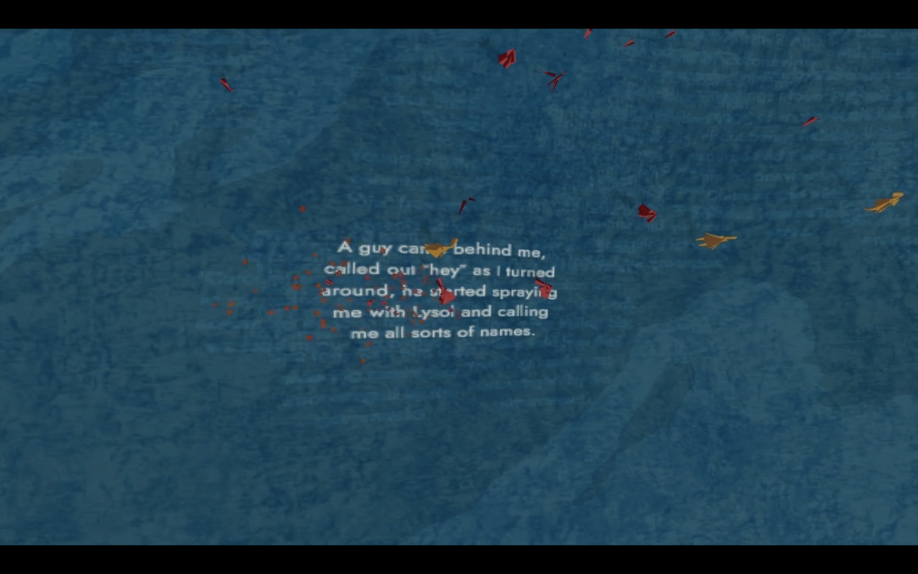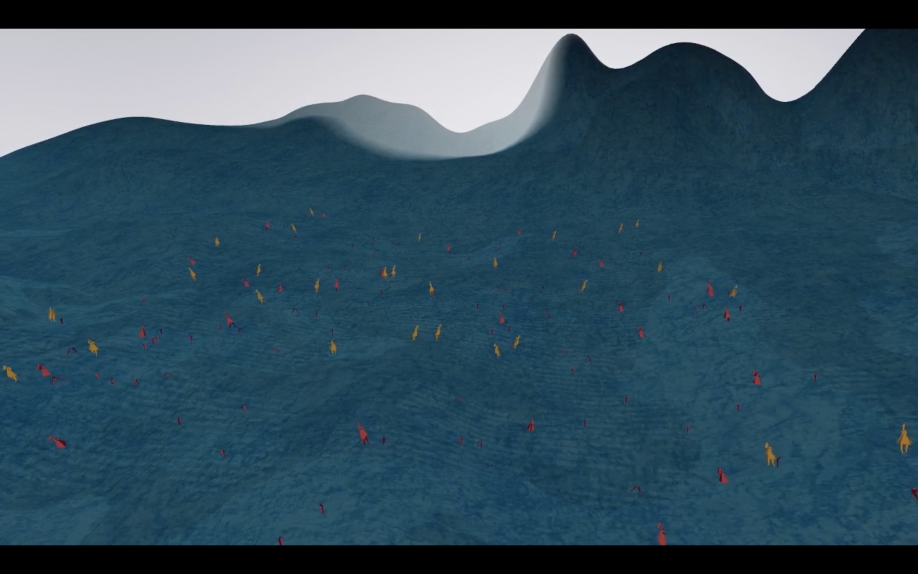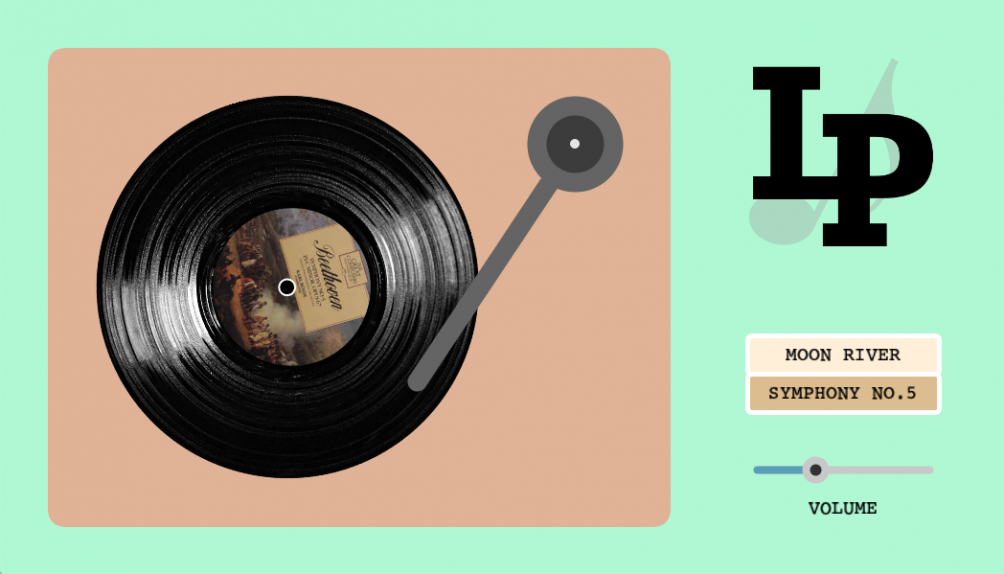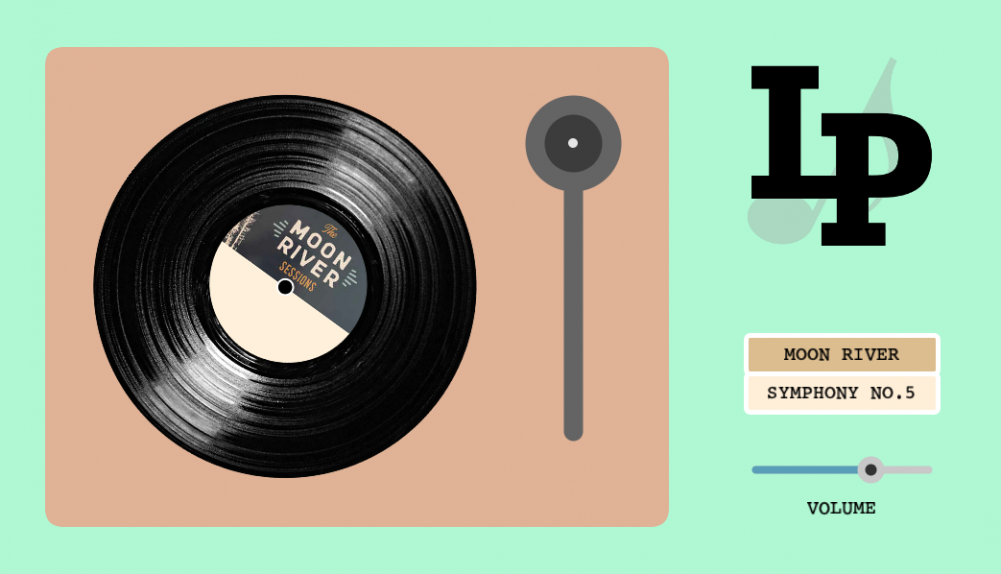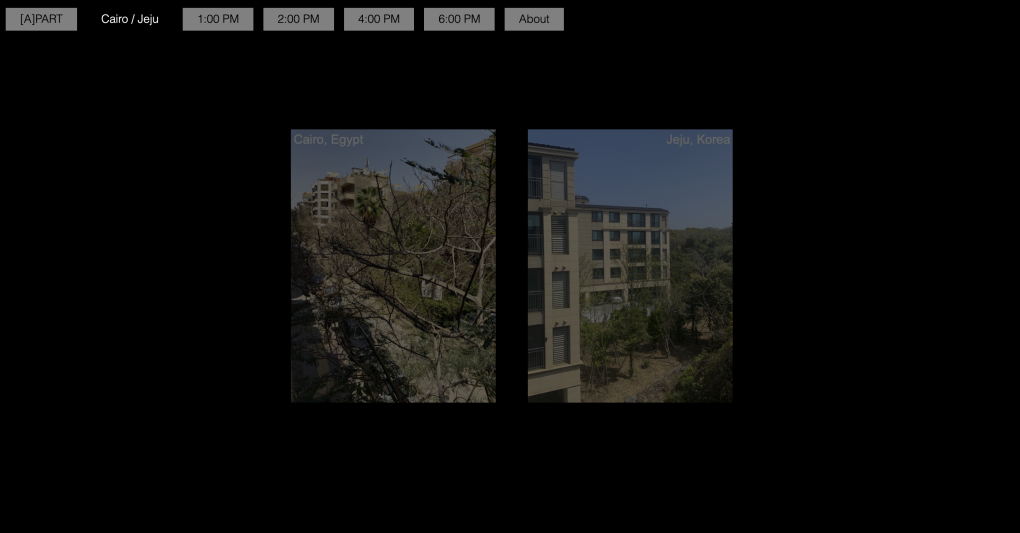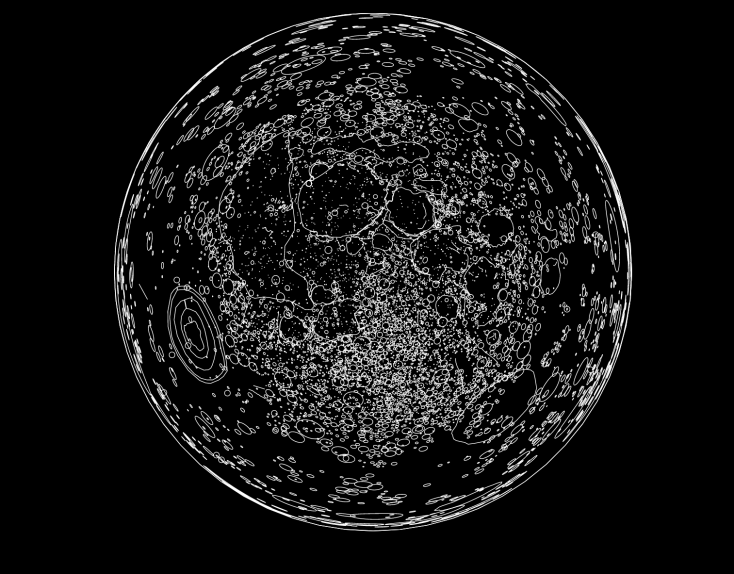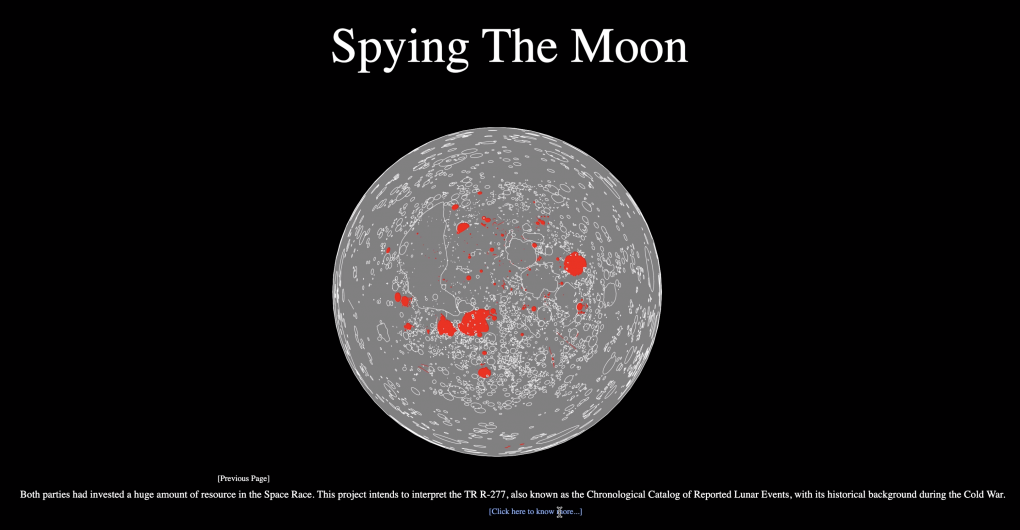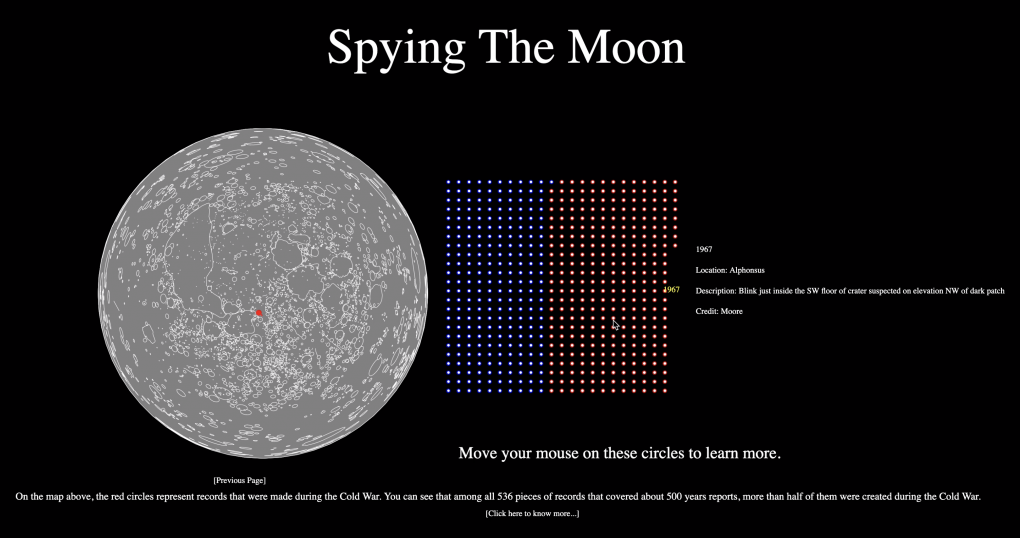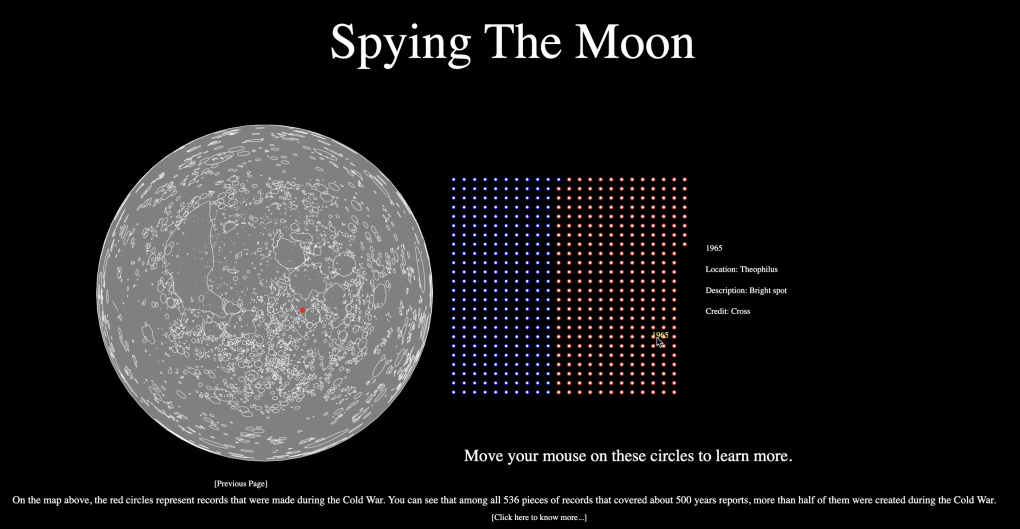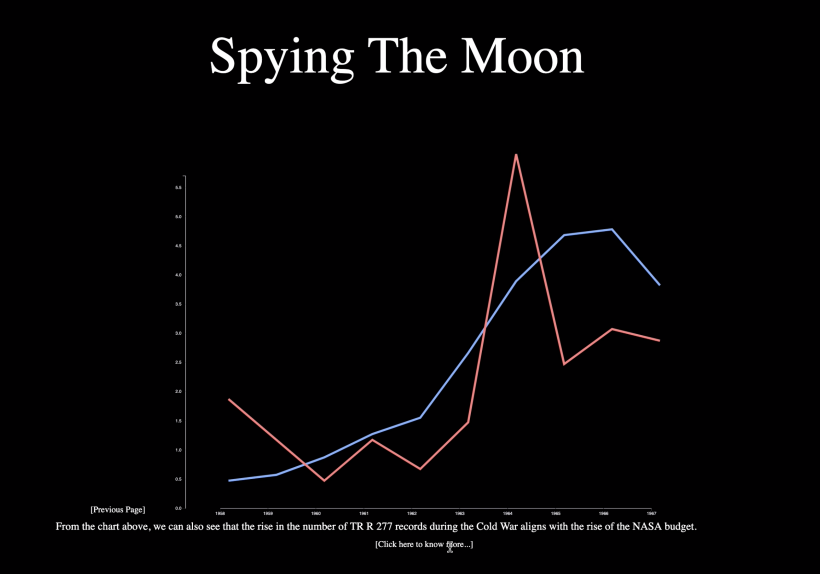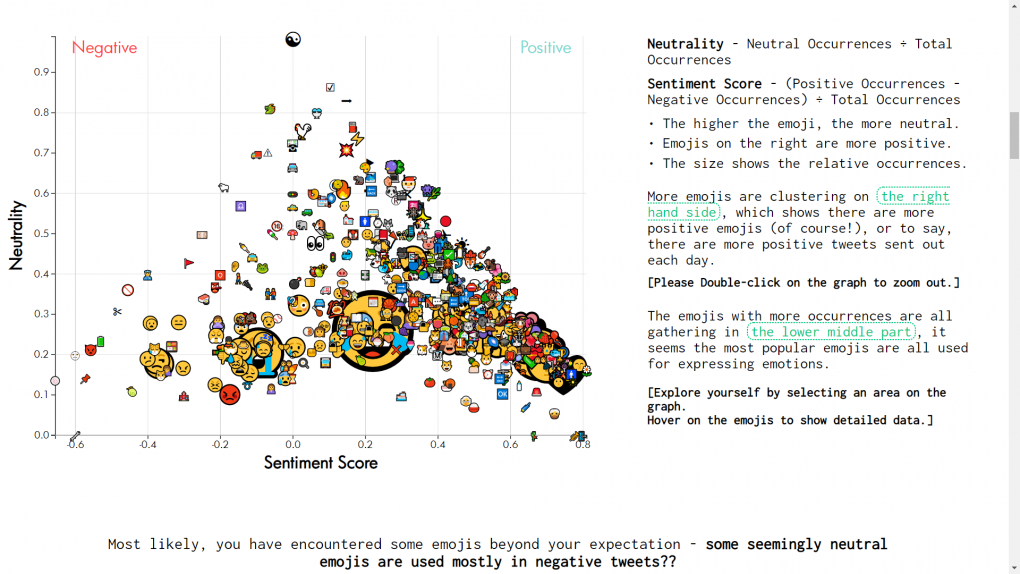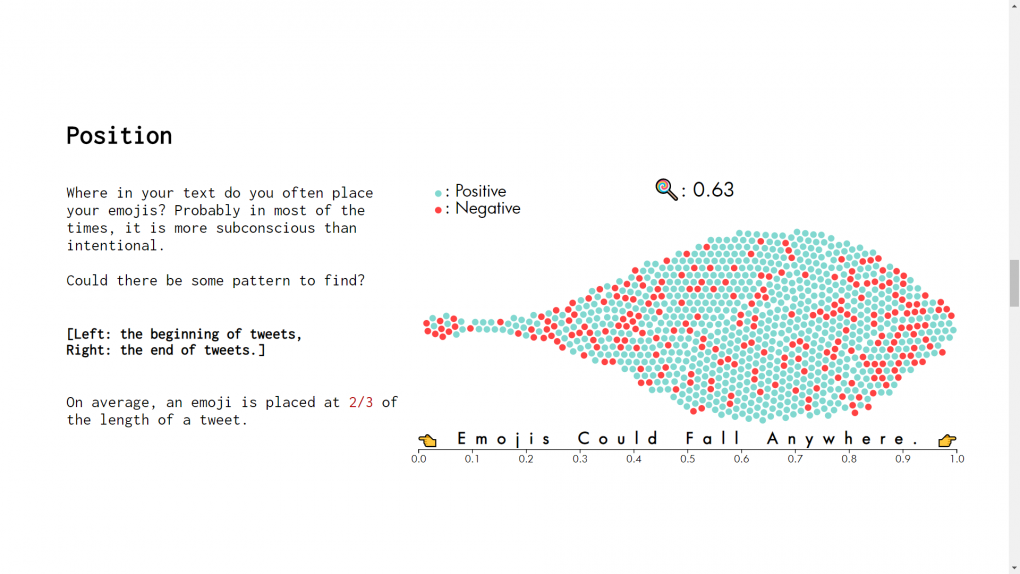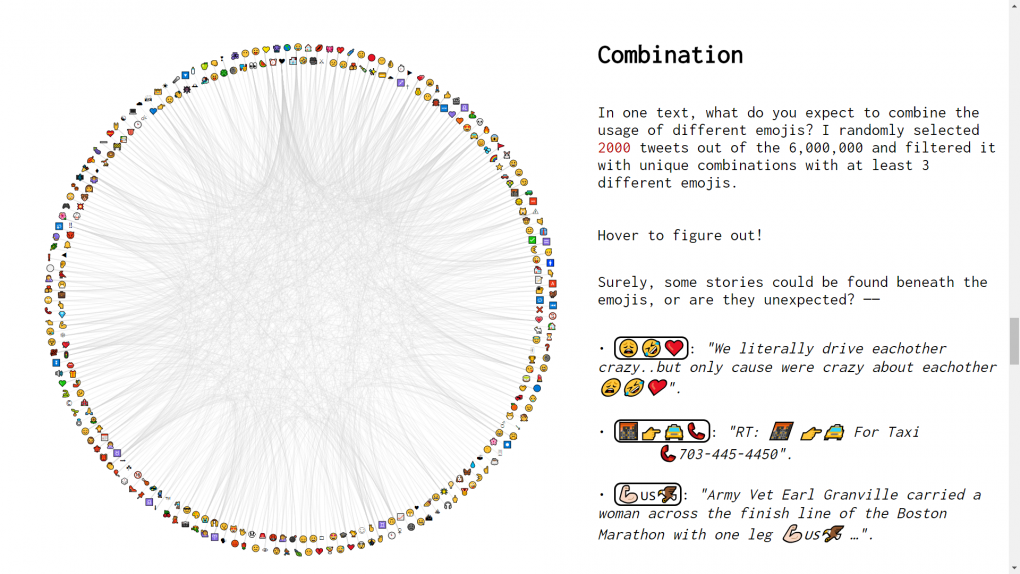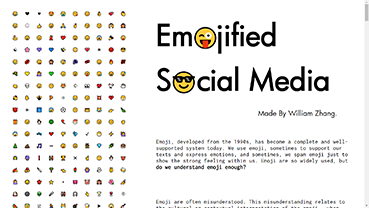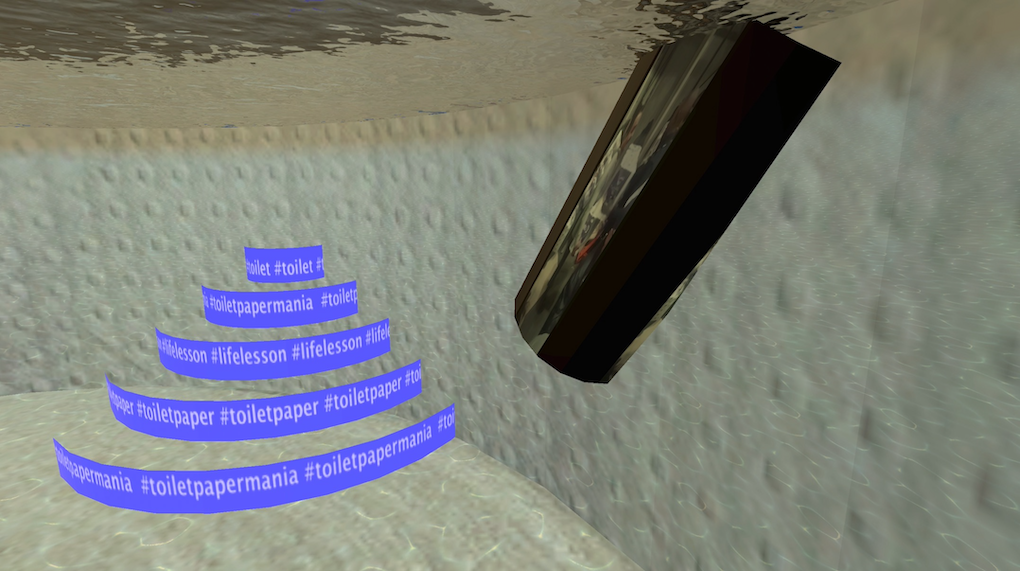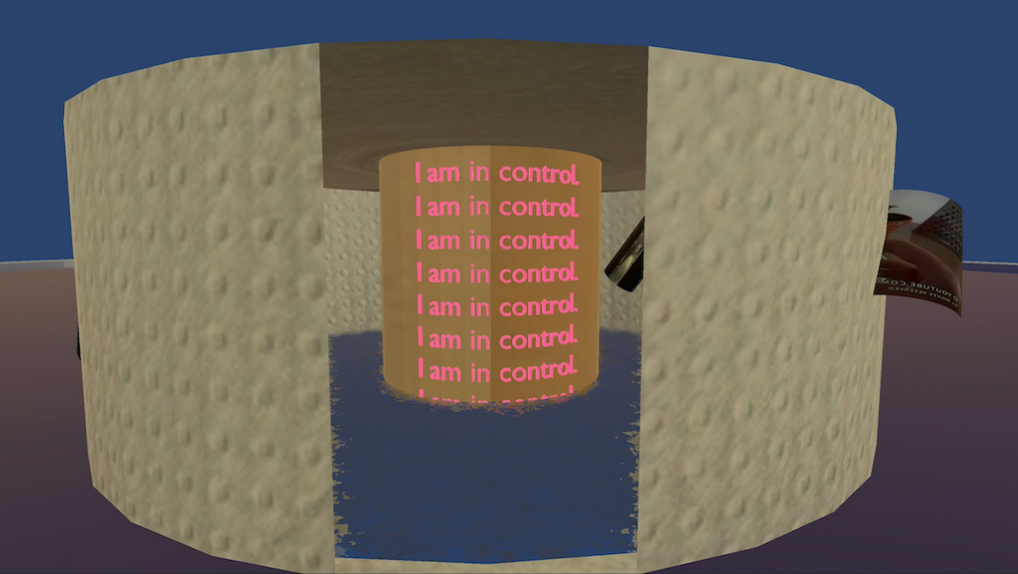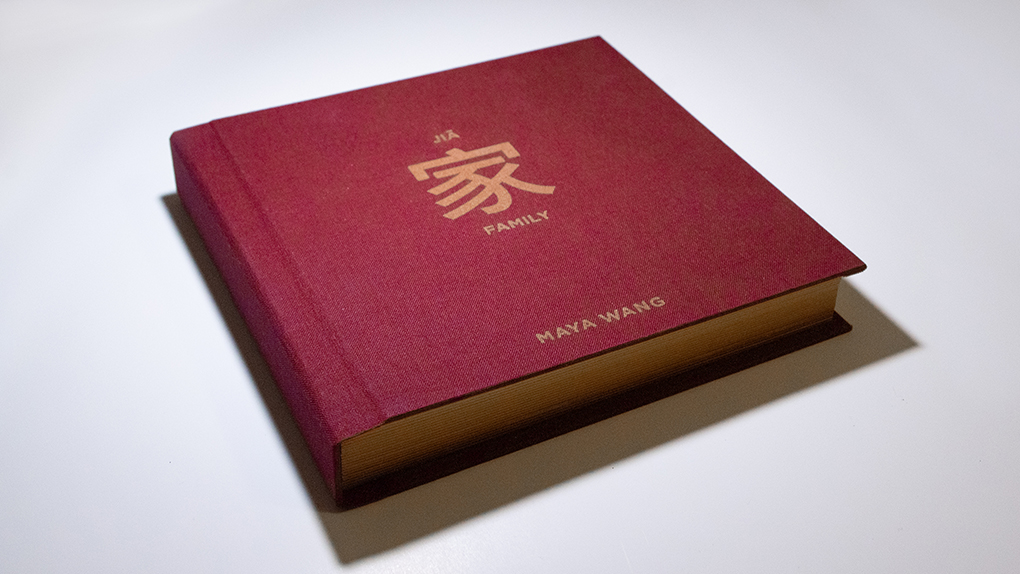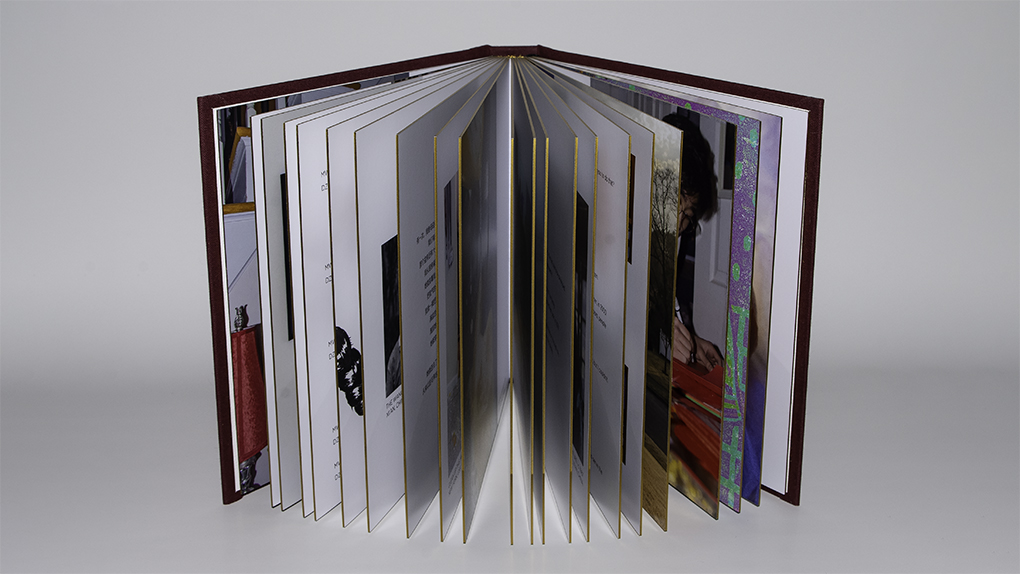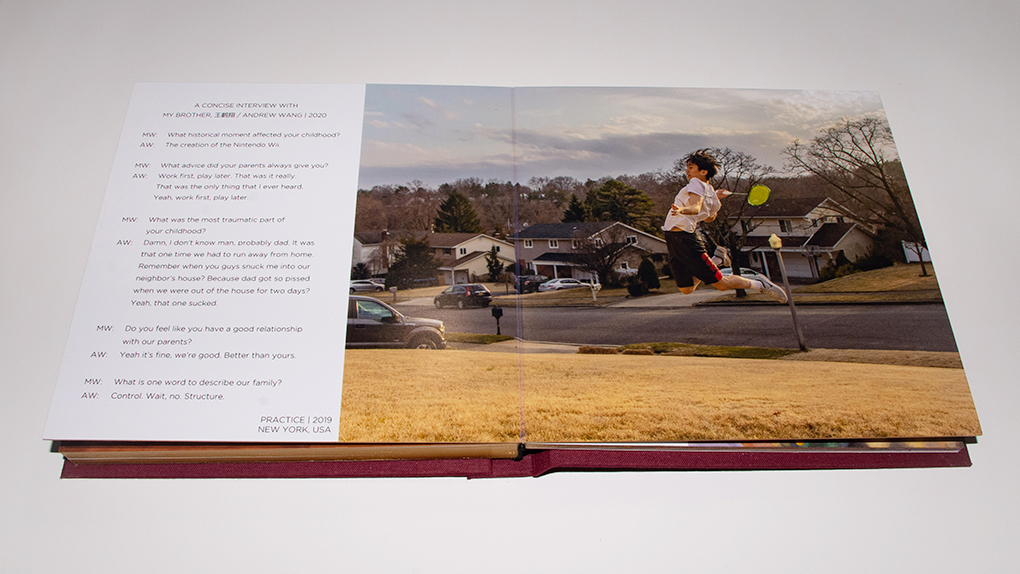Command Escape is a 3D rendered video which presents a fictional universe situated in a far future inside of the desktop background.
*** The password for viewing the vimeo link is “commandescape”. I will be sure to make it public once the show approaches, this is still an old version that's a work in progress. ***
Cezar Mocan
https://vimeo.com/419354607
Description
Command Escape is a 3D rendered video which presents a fictional universe situated in a far future inside of the desktop background. Starting from one of the iconic images shipped with Windows XP, bliss.png, the piece imagines a world where the desktop has evolved into an ecosystem which blends together elements of nature, ritual, computer iconography and mythology.
The video is framed as a journey inside of the desktop’s 3-dimensional space, presented through the first person perspective of a human exploring the place. The traveler starts in an enclosed space, surrounded by rotating computer monitors, and slowly makes their way out, passing a number of symbols associated with the desktop’s world: a CRT monitor framing the hills, an altar to the Recycle Bin, a cemetery made out of folder icons. The pace of walking through the space is slow, with sound and subtitles giving you insight into the traveler mind.
A loose retelling of the myth of Icarus, Command Escape proposes a speculative future to our engagement with technology, and creates a myth around it – one that is slow, romantic and absurd.
IMA/ITP New York
ITPG-GT.2177.001
Synthetic Architectures
Art,Narrative/Storytelling
